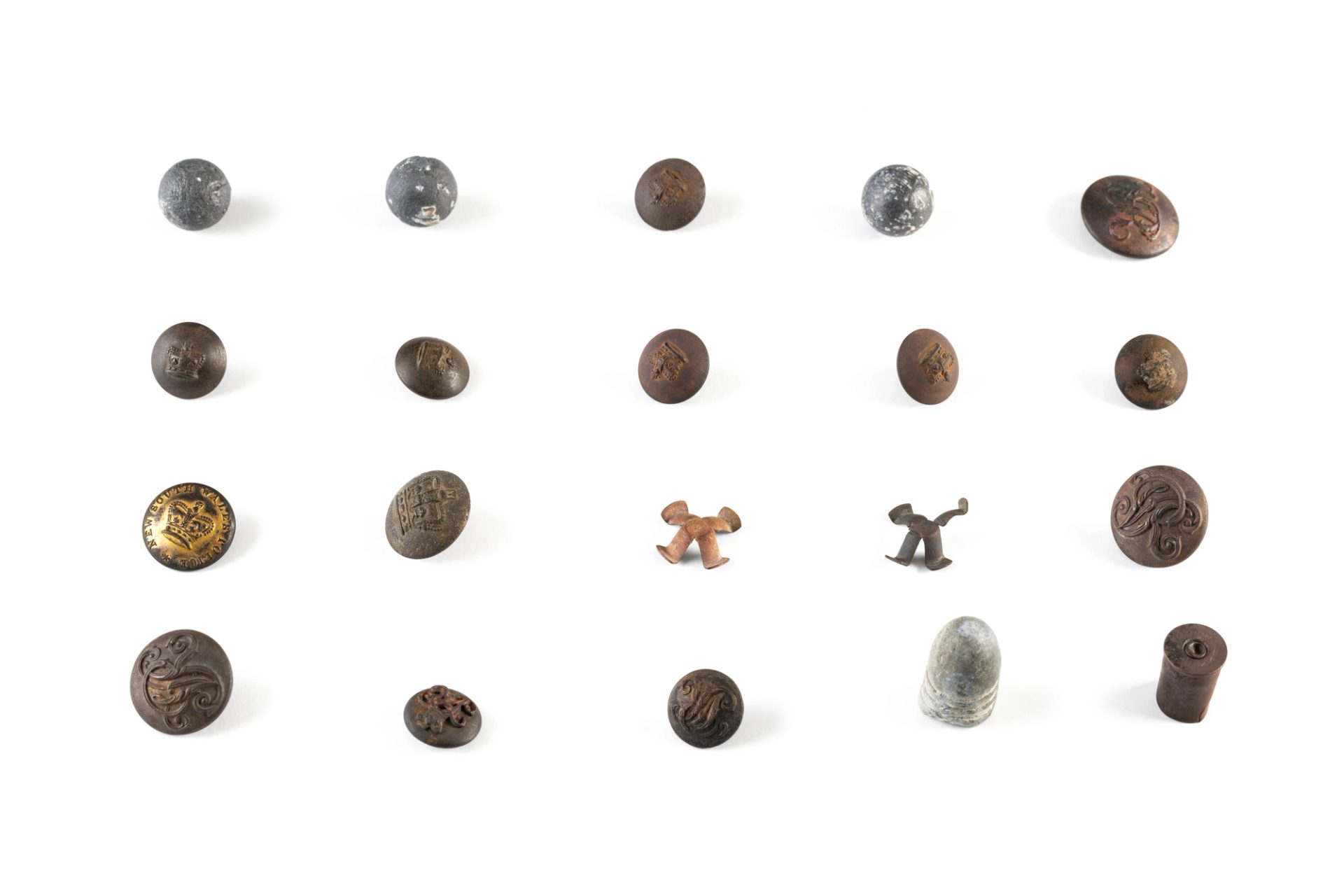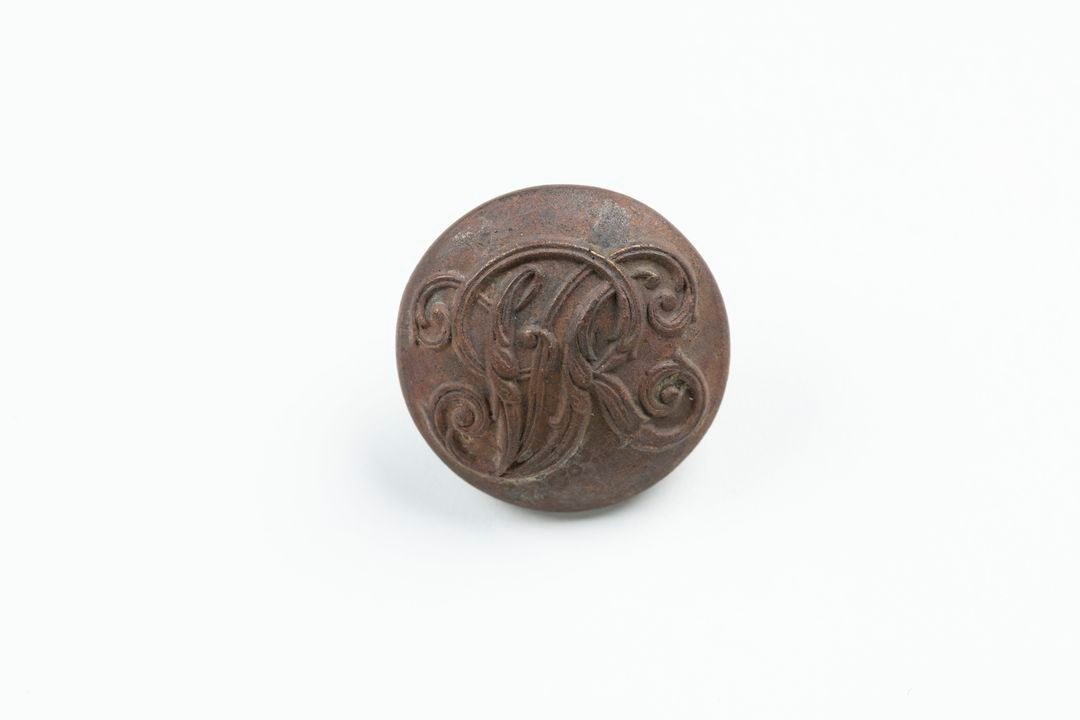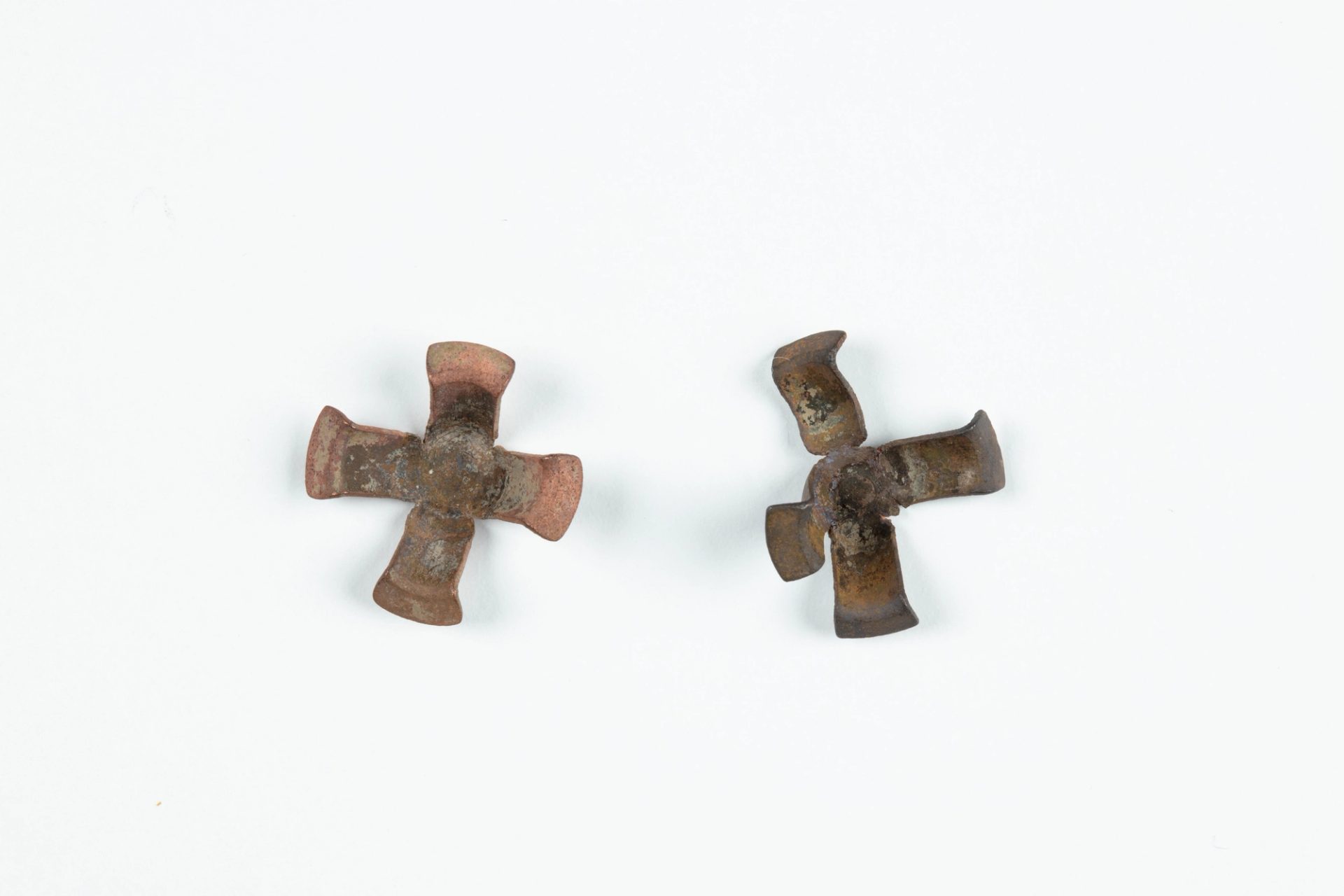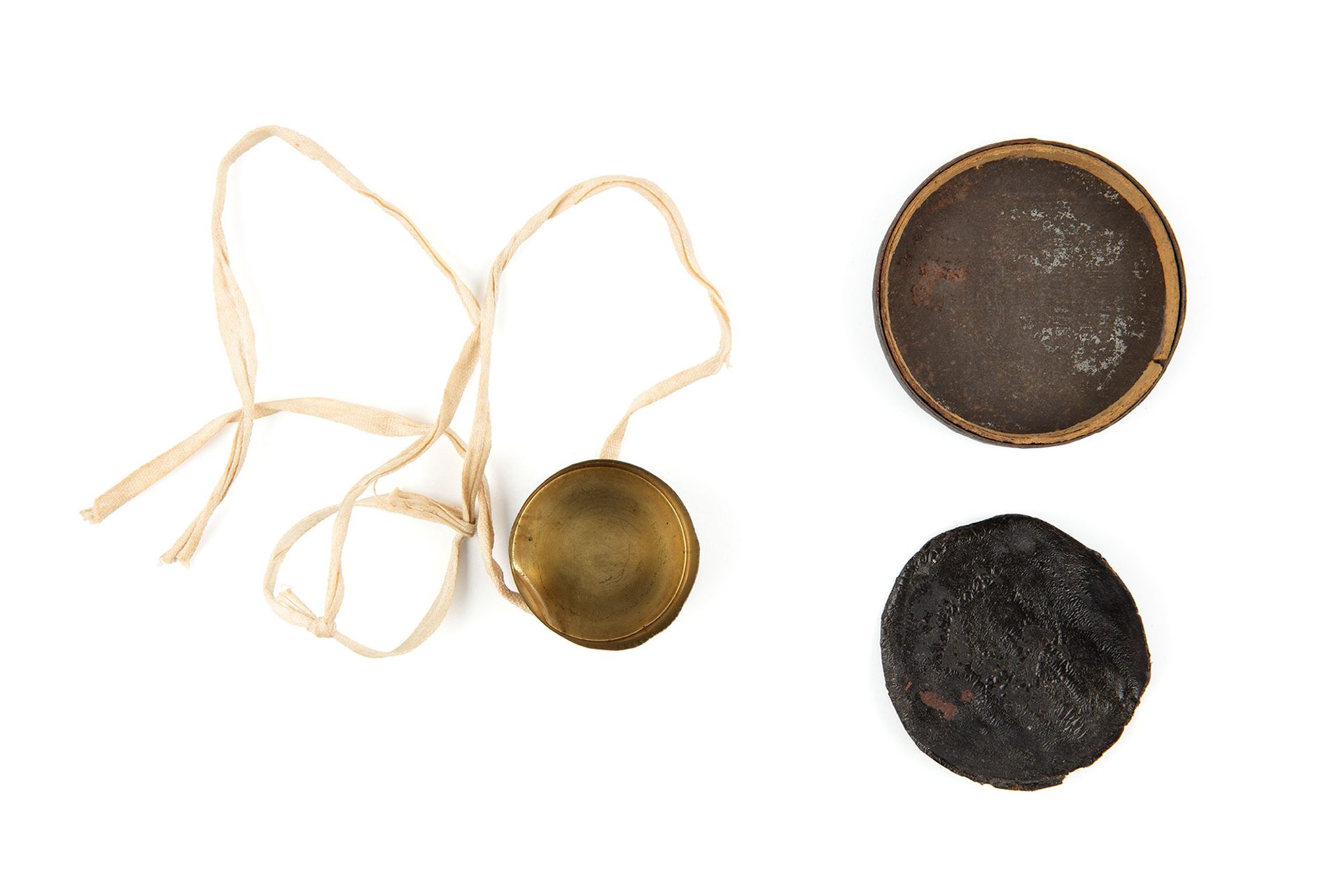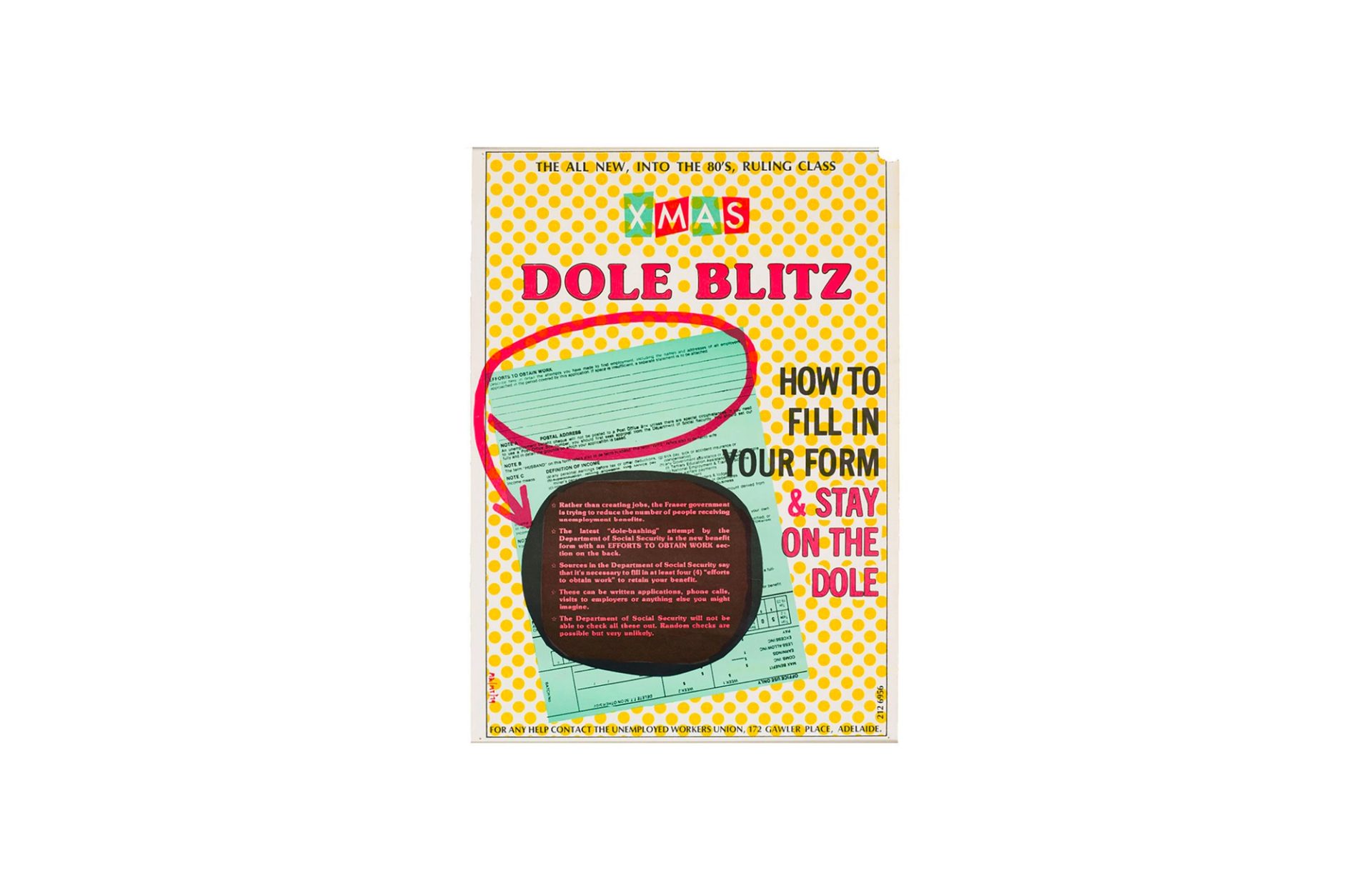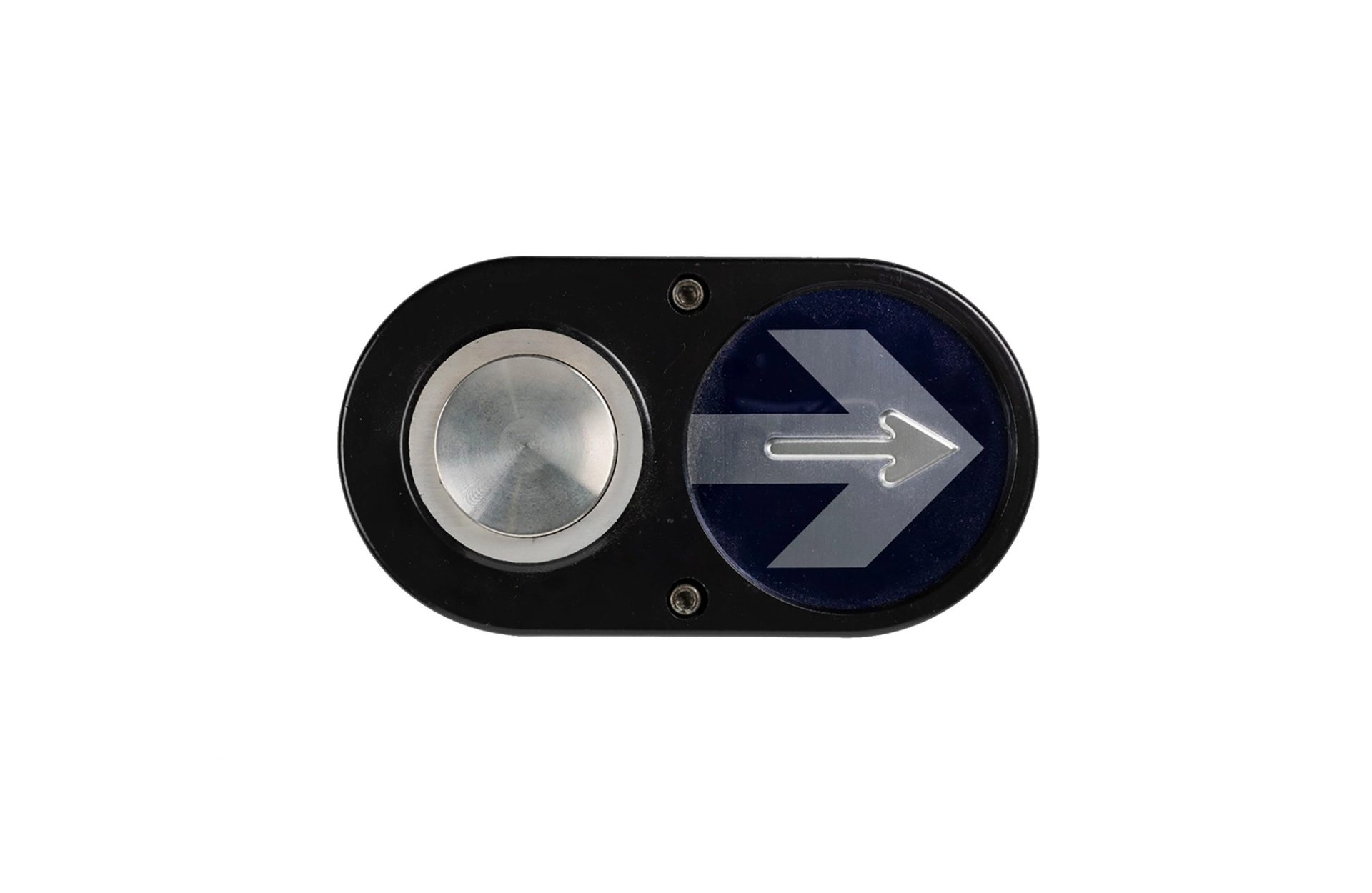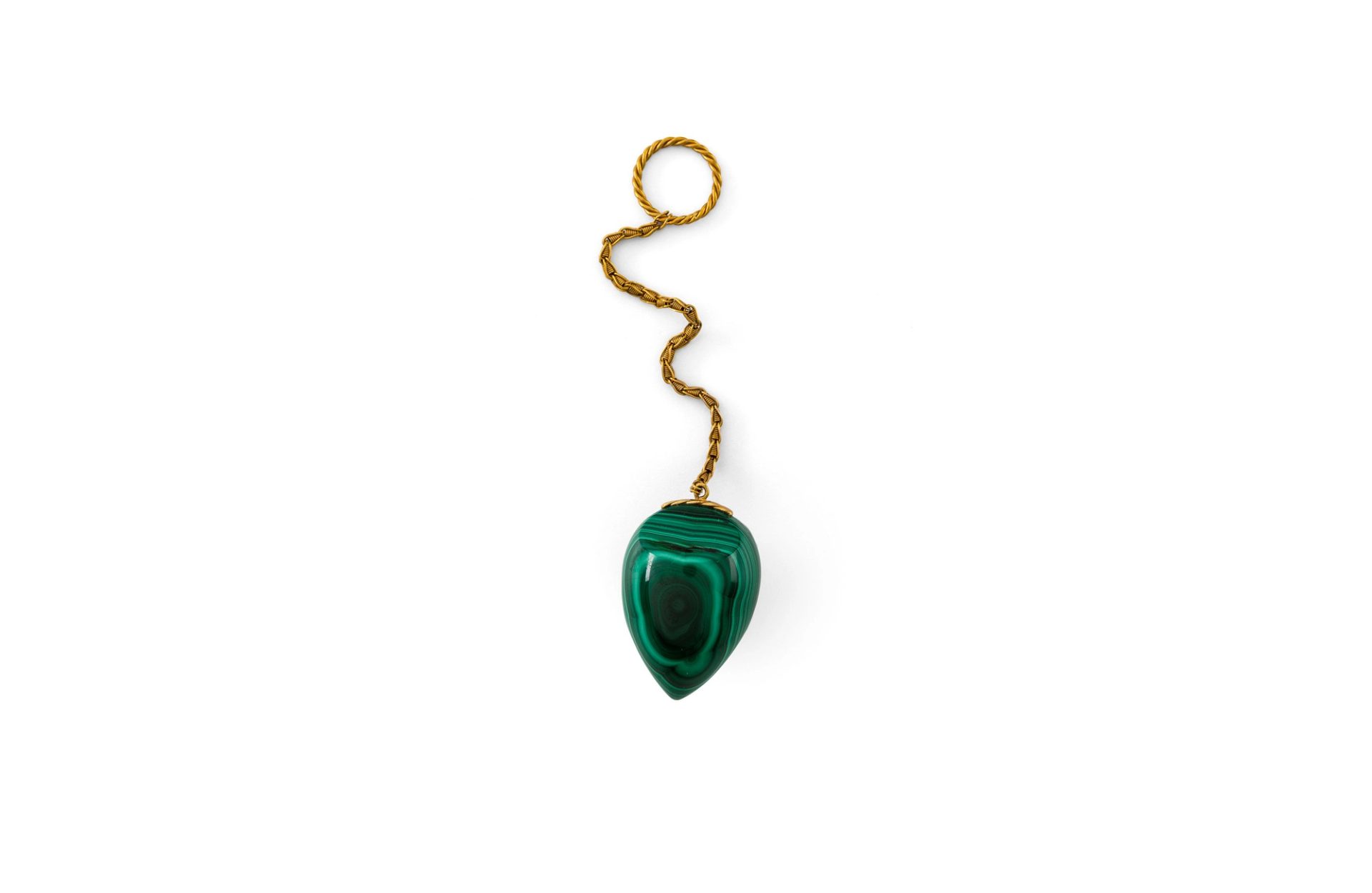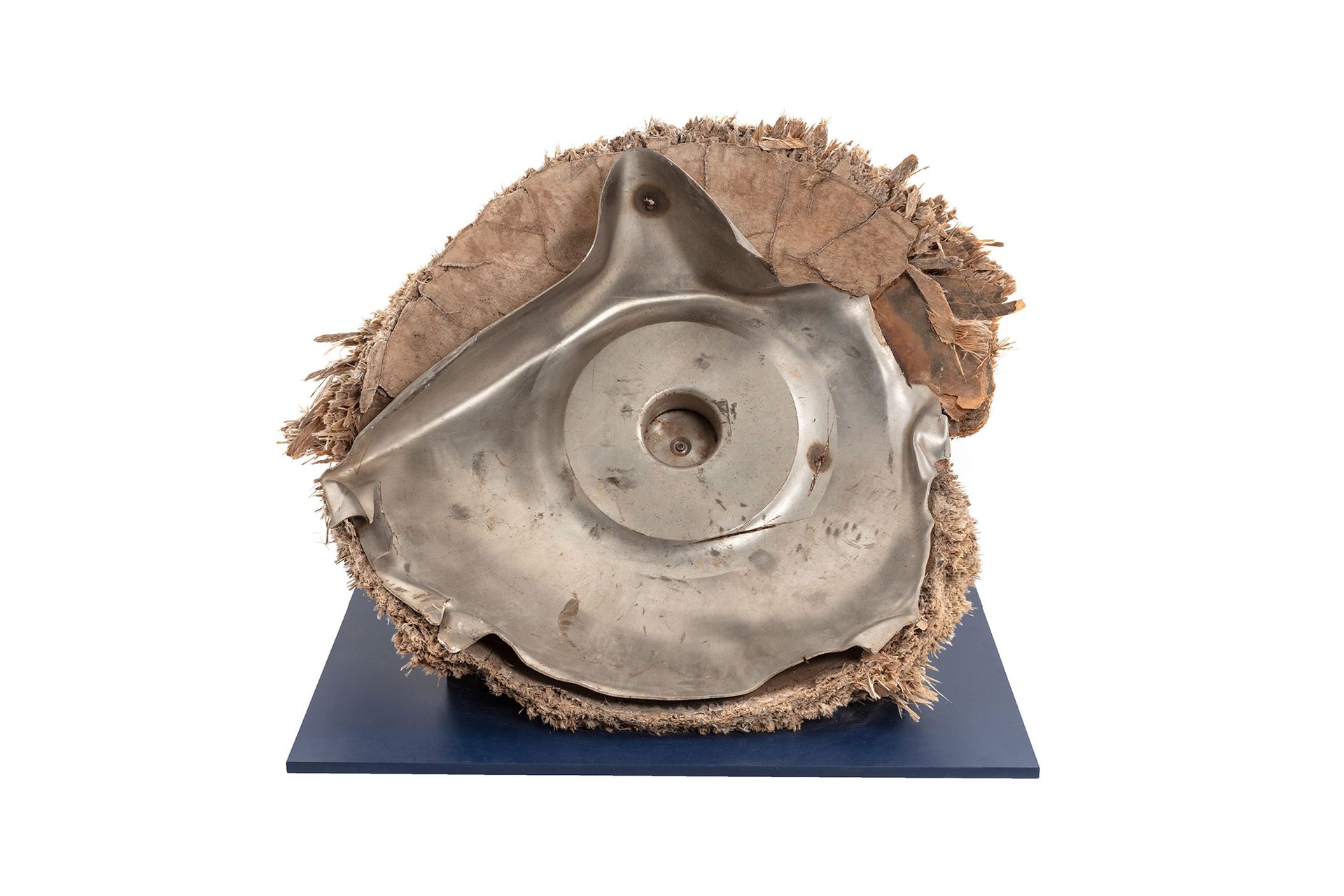The Moral Frontier

From heartbeats to brainwaves, economic cycles to cosmic orbits, oscillations can be found everywhere. This podcast takes artists and listeners deep into the Powerhouse Collection of half a million objects to unearth stories about the vibrations, fluctuations, and movements woven through our world – and beyond it.
The Moral Frontier is a mosaic of thoughts, yarns and poetic reflections on the history of the Native Police, particularly the Native Mounted Police in Queensland. By reflecting on this history, The Moral Frontier exposes confronting truths about the pervasive relationships still at play in our society today.
‘Amidst chaos, we listen. Remember. The moral frontier across our landscape of duress. This duress Country. These were the Native Police. This is our history.’
Transcript
Dakota Feirer Content warning. The following reflects on culturally sensitive and confronting themes, figures and events associated with colonial violence and the Frontier Wars. In particular, the following recalls the nature, events and activities of the Native Police, also known as the Native Mounted Police; a control mechanism deployed by state colonies to nullify Indigenous resistance and act the force dispersal of Indigenous peoples and enable the seizure of sovereign territories on behalf of the British Crown.
The nature of the means employed by the Crown and enacted by the state through the Native Police were genocidal and confronting. Today, the actions performed under this regime breached the very human rights we herald as fundamental to our modern civil society. Yet, the legacy of this past informed social, political and cultural relationships that are upheld integral to our current day. This is just one perspective of the Native Police.
Summary: object number 88/394-1. Materials: brass. Dimensions: 9mm. Production: made in Britain, United Kingdom, Europe, used in Australia, Oceania 1842 to 1856. Physical description: insignia of unit on obverse, stamped "Aborigines/V.R. within garter and surmounted by a crown belonging to Queen Victoria. Location of regiment on reverse, stamped, in concentric circle around edge of button, "New Holland". Maker: unknown. Owner: unknown. Notes: unknown. Owner occupation: member of the Aboriginal Native Police or Native Mounted Police circa 1840 to the turn of the last century. Regiment: unknown. Historical context: the fires of the frontier.
Heather Burke The Native police are probably the least understood element of frontier conflict in Australia. Because we're talking about human beings. We're talking about people who did things that we now cannot understand and can't fathom how that system could exist for so long in the form that it did, but its consequences were profound and long lasting and affected, I would say, every Aboriginal community across Queensland. So, from the smallest symbol of a uniform, what you have is a statewide system of colonial destruction. The repercussions of that don't go away, right. It's not like just because it happened in the 19th century, it doesn't matter anymore.
Boe Spearim History informs us of the relationships that we have today. Language might change, the policy might not be around, but, you know, the intent is still there. This badge represents so much heartache, brutality. And if you want to sort of quote Henry Reynolds, it's one of the most brutal organisations in the history of this continent. In Queensland there's been a very, very brutal relationship with the Native Mounted Police.
DF Public awareness: unknown. Significance is as follows, and it echoes in the memories of those descended from brass chains and bullets.
HB It's a tiny object, right? It’s the smallest, littlest object, but it's the biggest story. So, to unpack that from the small material thing you're holding in your hand or looking at on the screen to the story of the human beings who are part of that system. How they became part of that system, why they did the things they did, how they felt about those things, the impacts that had on all the other people or the other communities.
BS This is what the colony does. For the most part, the Aboriginal people involved were coerced and co-opted into sort of supporting and participating in this. Aboriginal people never ranked high in these organisations. They always had a white overseer. Some ran away, didn't come back. Some ran away, got caught, had to come back.
‘If our history were born of but one soldier, this badge be what was born. Without a name, needless a wage, without acknowledgement.’
DF Stood beyond bronze memorials, beyond a single story. Their nameless bodies borne the weight of crowns as the shadow shaped history. The titles are written – forgotten. While royals remain hidden. Woven deep into the fabric of flags written in names of states that were claimed: Victoria, Wales and Queensland.
HB We always wanted to understand these men as human beings, so not as this sort of symbolic thing in any way, but real human beings faced with things that we can't imagine but that were their everyday reality. So, who were they and where did they come from? They were certainly, as you say, I think, lots of very young boys. Their traditional lifeways have been destroyed and perhaps their families as well. And there's certainly accounts of the NMP kidnapping children all the time or taking children as guides or taking children as interpreters.
BS Not a lot of these people, but some of these would have been, you know, survivors of massacres. And one of the ways that they would have did this as well as they would have got Aboriginal people from other areas. You know, the stories of Native Mounted Police in Tasmania from New South Wales. For some it's a survival tactic. I don't know. Yeah, what drives somebody to sort of becoming that and being a part of that institution? I guess the closer you can get yourself to the colony, the further you get away from the retribution and the abuse and the brutality of the colony. But because of the colour of their skin and what they look like, you know, they're always going to be surrounded by that sort of violence, whether it’s psychological, whether it’s physical, whether it’s emotional, whether it’s whatever -
HB And I don't think it was just the lure of a uniform and a gun, you know, but it might have been the lure of something that gave you some kind of authority back, you know. Like, if everything had been destroyed and you didn't know your place in the world and the way you were treated by white settlers showed you a particular pathway that was negative and destructive or whatever, I think maybe this gave them some sense of family or camaraderie or just a purpose that made them feel worthwhile. And that's the hardest thing to understand. Like, there's one thing to say, why did they join? But it's another thing to say, what was it like to be a trooper, given the things that they did? What were the long-term effects of that as well? Like, how would that affect you as a person?
Archie Roach [Sung] Some men are prone to misadventure.
Questions of guilt aren't always clear.
‘Who were these men who rode at night, whom shed tears and led on promised soil?’
DF Whom from quills heard promises carried out imperial wills on horseback. Their duty unto the crown served but purpose for the loss. A sedative for the pain that cannot be undone.
AR [Sung] Some men run from a faith they can't avoid.
All men choose the path they walk.
BS You know, as Indigenous peoples we exist in every sort of facet of the colony on both sides. So, if we're the prisoner, we’re the prison guard. If we're the young person that's in a youth prison, we're the youth worker as well, you know. If we’re the schoolteacher, we're the student, you know what I mean? We have to play our roles within them to survive. As bad as it was, there was nothing that could change that organisation within that period of time. You know, so, if all the blackfellas took off and cruised, like they would have got another bunch of blackfellas. You know, so, it's this organisational sort of system thing that carries out the work of the colony.
HB I do think a lot of documents were destroyed, so it was easy for that history to become invisible. And I think the job that they did was so essential to white settlement, so white settlers needed them to be able to, you know, assert those territories. As soon as they’d done the job for them, they wanted them to leave and disappear so that they would not think about that aspect of their presence there. So, I think they were deliberately forgotten by the people who used them, but also deliberately erased from history. So, I think it was a deliberate process of forgetting them because they were so essential to the colonisation of Queensland. They were a tool that was used and then the point politically was to erase them from that history, so that it became a different story about white settlement. And that’s why we have the sorts of, you know, white hero men that we do – we usually put on plaques and statues and the histories of Queensland that tell stories about its wonderful pastoral industry and its mining wealth and whatever. Whatever the stories are that, that you know, are about progress and civilisation and all those sorts of ideals.
BS That’s what the colony does. You know, it eats you up and chews you out and spits you out. There is no appreciation in the colony, especially when we work for it - at their benefit, but it's always at our detriment. I guess that's just the dirty work and nobody wants to know about that. So, maybe that's why we don't necessarily know about the Native Mounted Police just because it’s so brutal. You know, they want us to think that they got this continent very peacefully, but it wasn't the case. And they also don't want us to realise that our mob just didn't survive because of, you know, they wanted us to survive. We survived because we survived. We survived because of our warriors and what we did. And we survived because of the knowledge of Country and everything else as well. So, that's why we don't know too much about this time, which was so brutal. And as they say, history is when the victors tell their side of the story. So that's why we're only finding out about this now. And you know, I think if we knew more about it, there would be a consciousness shift in terms of how people think and maybe how people feel towards Aboriginal and Torres Strait Islander people as well.
‘Invisible may be their essence, immemorial is their absence, though their legacy will forever be tied to our present. Felt heavily amongst the living ruins of the survived. What's left? Broken hearts, snapping glass, stolen wages paid in bullets and brass. Bloodstained soil and broken promises.’
DF The unborn child's blessed inheritance. Stolen Country for them, trauma for the other. Amidst chaos, we listen. Remember. The moral frontier across our landscape of duress. This duress Country. These were the Native Police. This is our history.
HB My name is Heather Burke and I'm an archaeologist. I work at Flinders University in Adelaide, so I'm on Kaurna Country most of the time. But a lot of my research takes me to Queensland, so I work right across from Western Queensland to Cape York Peninsula, so working on a lot of different people's lands. The thing about the Native Police, the reason we started that project was because whenever we worked with Indigenous communities, massacre stories would always come up. People would want to talk about those places, not necessarily the details of the events, but that was the past that people wanted to talk about. And for us to be aware of, and for us to know, was important to them.
BS Yaama, Boe Spearim, Gomeroi, Kooma, Murrawarri. Born in Western Sydney, a place called Blacktown and I live on Yuggera country, born on Dharug Country, but from Gamilaraay, Kooma and Murrawarri Country. My involvement yarning with you is through my podcast Frontier War Stories, which looks at the first 140 years of conflict and resistance between Aboriginal people and whitefellas. So that's looking at the massacres, I look at the resistance, the resistance leaders, the tactics and look at the relationships and how they were formed and built.
DF And my name is Dakota Feirer. I'm a Bundjalung and Gumbaynggirr man currently living on Turrbal Country. My family are connected to the Northern Rivers of New South Wales, one of the battlegrounds where the Native Police once operated. My great grandfather was William Leslie Robinson. An enlisted black tracker for the New South Wales Police Force. And like every Australian, I too inherit a history of complexity and compromise. And I am eternally grateful for the strength, survival and resilience of my ancestors and all of our people who defended, sacrificed and negotiated during the frontier. Our war continues.
AR [Sung] Some men hide from the memories that haunts.
All men choose the path [they walk].
About Author
Dakota Feirer is a Bundjalung and Gumbaynggirr man based on Dharawal Country. He is an educator, a researcher and interdisciplinary storyteller. His work consists of poems, installations and reflections that engage with Country, culture, history and healing. Dakota believes in healing Country and our communities through art and storytelling. Find Dakota on Instagram, Twitter or Linktr.ee.


















